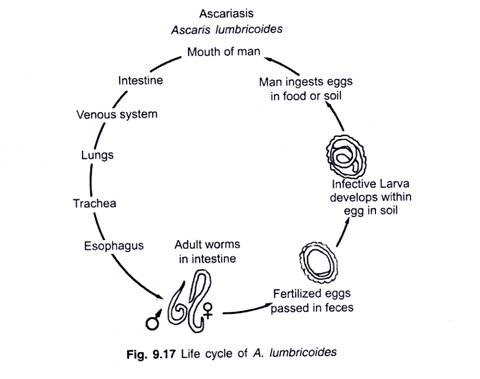ADVERTISEMENTS:
This article throws light upon the three types of nutritional monitoring of green house crops. The types are: 1. Visual Diagnosis 2. Soil Testing 3. Foliar Analysis.
Type # 1. Visual Diagnosis:
By observing plants in terms of growth, foliage, colour, branching pattern, guess is done about deficiency or toxicity symptoms of particular nutrient. When these symptoms, develop, by that time damage has been already occurred to the crop.
Each nutrient exhibits certain typical nutrient deficiency symptoms which are as follows:
ADVERTISEMENTS:
1. Nitrogen:
Entire leaf blades of lower leaves are chlorotic followed by necrosis and leaf drop. Growth remained stunted.
2. Phosphorus:
At first, all basal leaves are dark green and growth is stunted. Purple pigmentation on leaves develop.
ADVERTISEMENTS:
3. Potassium:
Margins of older leaves become chlorotic and then burn or develop small chloritic spots progressing to necrosis appear scattered on old leaf blades.
4. Sulphur:
Leaves on all parts of plant are affected and sometimes have a yellowing of plants.
5. Calcium:
Margins of young leaves fail to form and look like strap leaves, growing point fail to develop leaving a blunt end. Young leaves exhibit light green colour or uneven chlorosis.
6. Magnesium:
Recently mature or older leaves develop interveinal chlorosis.
7. Iron:
ADVERTISEMENTS:
Only young leaves show interveinal chloriosis.
8. Manganese:
In addition to interveinal chlorosis, the tips and lobes of young leaves grey or tan necrotic spot develop in chlorotic areas.
9. Zinc:
ADVERTISEMENTS:
Young leaves are very small and typical symptom is called little leaf. This is associated with short internode.
10. Copper:
Young leaves have interveinal chlorosis, the tips and lobes remain green and necrosis of leaf blade occurs.
11. Boron:
ADVERTISEMENTS:
Young leaves become leathery and chlorotic. Terminal buds die giving rise to a witch’s broom.
Type # 2. Soil Testing:
Regular soil testing of green-house crop for various parameters like pH, CEC, available quantity of N, P & K will help grower to follow proper productivity.
Type # 3. Foliar Analysis:
Like soil analysis, it is very useful to asses a problem before damage occurs. It is a analysis of representative leaves to determine the quantity of nutrients present in the plant. Then, these quantities are compared with available standards. On comparison, treatment is decided. Foliar analysis works well because of a strong relationship between leaf composition and plant response exist. Leaf analysis should be done frequently depending upon the duration of crop.
Rose:
ADVERTISEMENTS:
Plants are sampled by picking two uppermost five leaf lets from a stem whose flower calyx is cracking and colour is just beginning to show. Thirty leaves with petioles attached should be collected.
Carnation:
Leaf samples from fourth to fifth pair of leaves from un-pinched plants are collected. After pinching, leaf sampling continued on secondary to tertiary branches as the case may be but before flower development starts.
Chrysanthemum:
Youngest fully developed leave are sampled. Chrysanthemum are generally sampled five to six weeks after planting for a single stem crop or five to six weeks after a pinching for a pinched crop.
In green houses there is year round production of pot plants or flowers, and hence, there is a continuous demand of nutrients by the crop.

